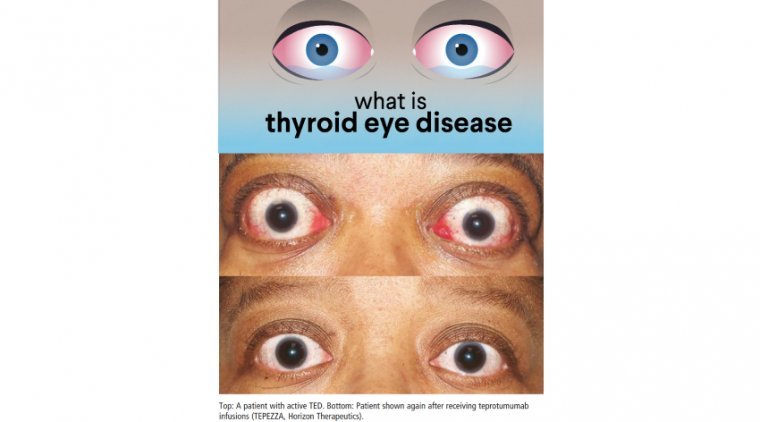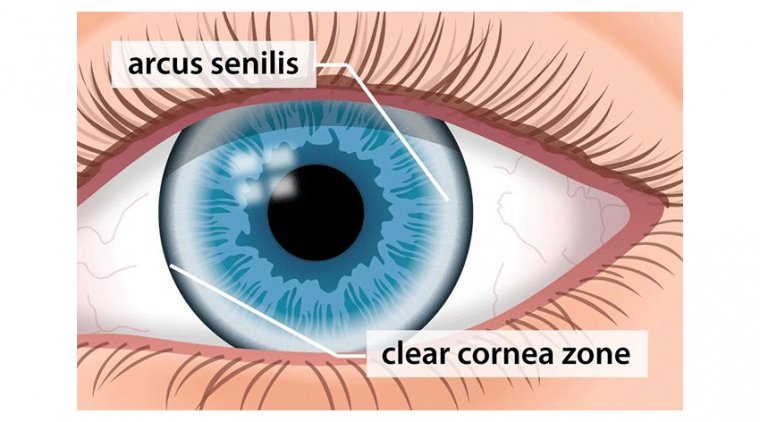
Newsletter Subscribe
Enter your email address below and subscribe to our newsletter


Enter your email address below and subscribe to our newsletter

Current technology for ophthalmic endoscopy delivers undoubted advantages in certain surgical situations. It provides excellent visualization in eyes with compromised view through the cornea, anterior segment, or lens. It facilitates excellent peripheral PRP in the patients with peripheral ischemic retinopathies.…

TED is an autoimmune disease in which the eye muscles and fatty tissue behind the eye become inflamed. This inflammation can push the eyes forward (“staring” or “bulging”) or cause the eyes and eyelids to become red and swollen. In some…

One of the most frequently asked questions is whether it is normal to have corneal swelling after cataract surgery. First of all, cataract surgery helps you to improve your vision and you would not want blurred vision after surgery. However,…

DURYSTA is a biodegradable implant applied to an eye affected by glaucoma or high eye pressure. It’s a drug under the class of Prostaglandin Analogs, which are used to lower pressure in the eyes. DURYSTA is made of a biodegradable…

Trachoma is an infectious disease that is caused by the bacteria called Chlamydia trachomatis. The infection heals in a damaged way that the eyelid may turn inside or outside. Trachoma can be treated, however, as a result of a repetitive…

What Is Irregular Astigmatism? Irregular astigmatism is a type of refractive error in the eye that results in distorted or blurred vision. It occurs when the cornea, the clear outer layer of the eye, is not shaped evenly, resulting in…

What Is Double Vision Disorder? Double vision, also known as diplopia, is a condition where a person sees two images of an object. This can occur when the eyes are not aligned correctly or when there is a problem with…

Arcus senilis (corneal arcus) is a medical condition that affects the cornea of the eye, causing it to develop a grayish or white ring around the iris. This ring can obstruct vision, cause glare or halos around lights, and affect…

Corneal ulcers may be caused by infections with bacteria, fungi, viruses, or parasites such as Acanthamoeba (which lives in contaminated water). Ulcers may begin with a corneal injury, such as with severe dry eyes, if a foreign object scratches, penetrates,…

The iridocorneal endothelial (ICE) syndrome is a developmental disorder of the eye characterized by acquired nontraumatic corneal edema, progressive abnormalities of the iris, and elevated intraocular pressure. Three subcategories of ICE syndrome are commonly recognized: essential iris atrophy, the iris…